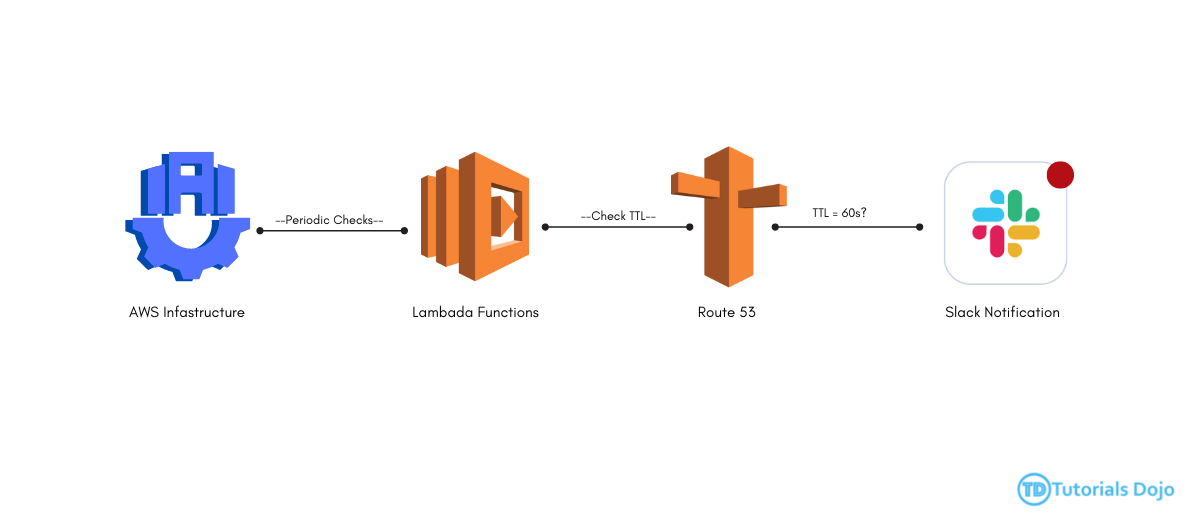Understanding Security Groups and Network Access Control Lists (NACLs) in AWS
Neil Rico2024-08-26T09:31:42+00:00Security within cloud environments is a critical consideration, and AWS offers robust tools to ensure that your cloud infrastructure remains secure. Two critical components in AWS for managing security are Security Groups and Network Access Control Lists (NACLs). These tools act as virtual firewalls, controlling the traffic that enters and exits your Virtual Private Cloud (VPC). While they serve similar purposes, they operate differently and are used in distinct scenarios to provide layered security. Security Groups: Instance-Level Security Security Groups in AWS are designed to control inbound and outbound traffic at the instance level. They are stateful, meaning that if [...]










